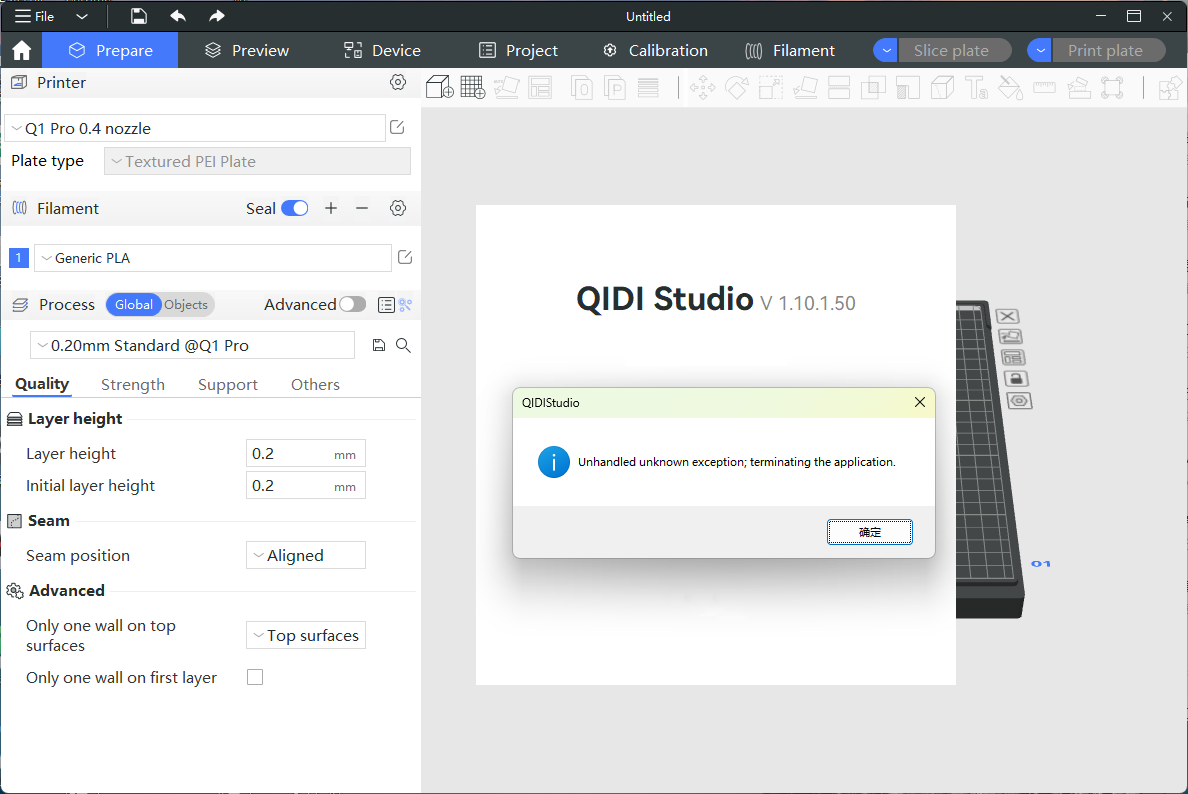Unlock Your 3D Printing Potential: Discover the Ultimate Slicer Software Secrets!
3D printing has revolutionized the way we create and manufacture objects, enabling both hobbyists and professionals to bring their ideas to life with remarkable precision. However, one of the most critical components of the 3D printing process is the slicer software. This essential tool transforms a 3D model into a set of instructions that a 3D printer can understand, dictating how the object is built layer by layer. Choosing the right slicer software can significantly enhance the quality of your prints, improve efficiency, and tailor the printing experience to your specific needs. In this article, we aim to evaluate various slicer software options available on the market, helping you make an informed decision on which one might be best for your 3D printing journey.

Understanding 3D Printing Slicers
A slicer is a crucial piece of software in the 3D printing workflow, serving as the bridge between a digital 3D model and the physical object that emerges from the printer. The slicing process involves taking the 3D model, which is typically created in CAD software, and breaking it down into thin horizontal layers. Each layer is then converted into G-code, a language that 3D printers use to understand how to move their print heads and build the object. Different slicing techniques may be employed depending on the complexity of the model and the desired print quality. For instance, some slicers offer a range of infill patterns, layer heights, and support structures, allowing for greater customization of the final product. Understanding these techniques is fundamental for anyone looking to maximize the potential of their 3D printer.
Key Features to Look for in Slicer Software
When selecting a slicer software, there are several essential features that users should consider to ensure a seamless printing experience. First and foremost is the user interface; a well-designed, intuitive interface can make navigating the software much easier, especially for beginners. Compatibility with different printer models is another critical factor; not all slicers work with every printer, so it's vital to choose one that matches your specific hardware. Slicing speed is also an important consideration, particularly for those who print frequently or in large volumes. Additionally, advanced settings for experienced users—such as temperature control, retraction settings, and customizable layer settings—can provide greater control over the printing process. Finally, robust online community support can be invaluable, offering troubleshooting tips and best practices from fellow users.
Popular Slicer Software Options
The market is brimming with slicer software options, each with its own set of strengths and weaknesses. Some slicers are renowned for their ease of use, making them perfect for beginners who are just starting their 3D printing journey. Others may offer more advanced features, catering to experienced users who require detailed customization. While discussing these options, it's essential to focus on functionality and how user-friendly each software is. Community support can also vary widely; some slicers have vibrant online forums where users can share tips and troubleshoot issues, while others may lack this level of engagement. Exploring user reviews and community feedback can provide insight into which slicers are well-regarded and which may have limitations.
Evaluating and Choosing the Right Slicer
Choosing the right slicer software ultimately depends on your personal needs and printing goals. Start by assessing what you intend to print—if your projects are primarily simple models, a basic slicer may suffice. However, for more intricate designs, you may require advanced features found in more sophisticated slicers. Many software options offer trial versions, allowing you to explore their functionalities before committing to a purchase. Additionally, engaging with community feedback, whether through forums or social media, can provide valuable insights into the user experience. It's also worth noting the importance of regular updates; a slicer that frequently receives updates is more likely to stay compatible with new printer technologies and improve its features over time.
Key Takeaways for Choosing Slicer Software
In conclusion, selecting the right 3D printing slicer software is paramount to maximizing your printing potential. From understanding the slicing process to evaluating key features and software options, each step is crucial in ensuring that you achieve high-quality prints that meet your expectations. As you explore the various slicer options available, consider your specific printing needs, project complexity, and the level of community support you desire. By making an informed decision, you'll set yourself up for a rewarding 3D printing experience that allows you to unleash your creativity and innovation.








